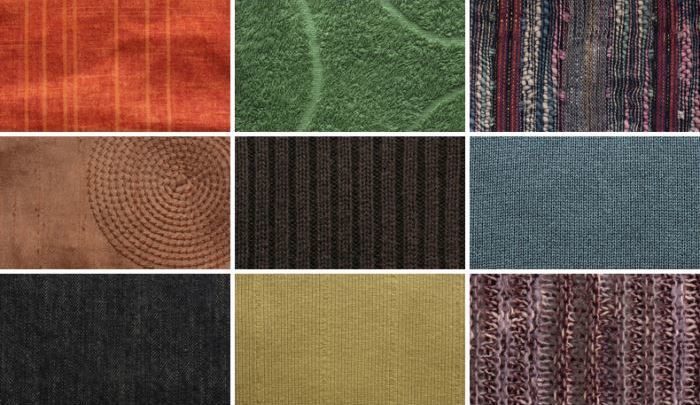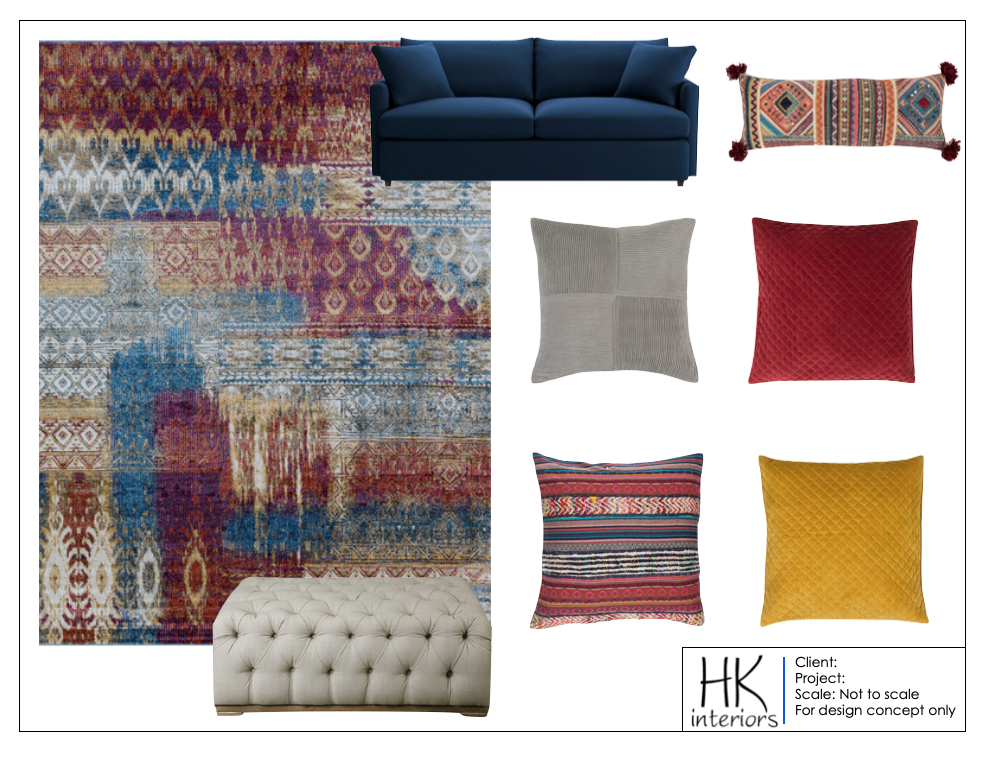How to Use Texture and Textiles to Increase Your Home’s Beauty
You have thought about the colors you want and the style of furnishings, but have you thought much about using texture and textiles to your advantage?
Chances are you have not given this much thought. Some interior designers even overlook texture when designing a room. Texture and textiles are at the forefront of interior design. You cannot have one without the other.
What is texture?

As it applies to interior design, the texture definition is anything that can be felt and touched. Visually, you see it in an object’s appearance. Take a satin sheet. You know that it has a smooth texture or silky feel. Compare that to other texture examples, such as a corduroy pillow, which has more of a rough texture, or the wool texture of your favorite throw blanket. When you look at these items, you take in the visual texture without the need to feel them. You automatically sense and know how they will feel to the touch.
What is textile?

When we refer to textiles, we are talking about any production that is made of fabric or woven. Textile design is most commonly thought of as:
- Blankets
- Throw pillows
- Area rugs
- Upholstery & drapery fabrics from natural fibers to synthetics
When you think of textiles in this way, you can begin to see their importance to your interior design. Any furnishings you put in a room will feature various fabric textures.
How Do We Use Texture to Enhance the Home?
There are design principles to keep in mind when using various types of texture in a room. Mixing too many styles or too many colors can create havoc for the eye. You want to utilize a seamless approach to bring the room together.
Today, many people even utilize wall texture through wallpaper, tapestries, even natural wood, or bamboo. Remember, every object has a texture. The idea is to make it appear cohesive when combing various textures in the room.
Here are some pointers for using textures and textiles to your advantage:
- Keep in mind the mood you want to create in the room. Utilize colors to enhance that feeling. Take one or two colors from your color palette and bring in various textiles to use throughout the room.
- Incorporate a mix of textures to keep the room from appearing monotonous. Remember that visual texture is an illusion you perceive when you look at an object and imagine how it might feel.
- Do not overdo the types of textures in a room, as too many can lead to visual clutter.
- Smooth textures have a lighter, more sophisticated quality. Rough or coarse ones are heavy and more intimate. Their proximity to one another highlights their differences.
- Utilize plants and flowers that link to some of the other textures in the room. Remember that pots and vases need to match the existing textures.
- Do not forget about utilizing furniture to your advantage. Incorporating the leather texture of a sofa, the smooth marble of a table, a rustic wooden chest, or a bamboo chair all bring different elements to the room.
How to Use Textiles in Your Room
Textiles bring in the textures you want in your interior design. The goal here is to mix patterns rather than colors. Remember that too many colors can make a room feel hectic and disorderly. Once you have your color palette, enhance it by picking out one or two colors and use contrasting fabric texture throughout the room.
One way to do this is with patterns. For example, you can use solids, stripes, and other geometric patterns on throw pillows so long as they are within the same color palette.
Layering different types of fabric is another way to create a sense of contrast between various textures. We often see this with a throw blanket placed over a sofa or bed or different types of throw pillows – some smooth and others more textured or coarse.
Your use of fabrics can also change with the seasons. Cotton fabric has a lighter feel and is an excellent choice for pillows and cushions in the spring and summer. You may want a more textured fabric, such as corduroy, faux fur, or velvet in the fall and winter.
One final point – balance is crucial in your design. Similar design elements should unite your textures and textiles.
Are you ready to refresh a room in your home – or the whole house? If so, contact HK Interiors today at 954-401-8542 for more information.
